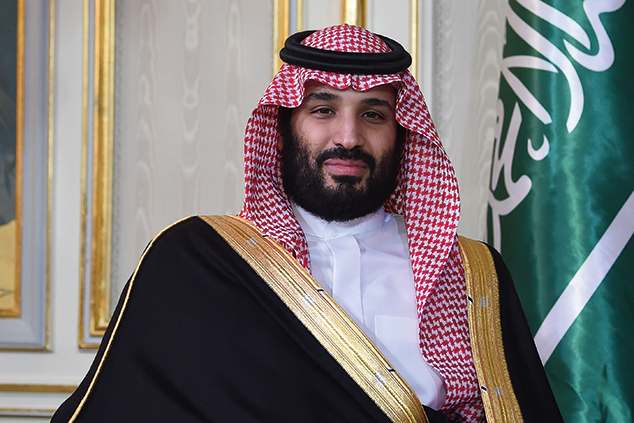
The Opec cartel, of which Saudi Arabia is the linchpin, is also facing serious problems, says The Economist. Opec announced a 1.2 million barrel per day (mbpd) cut in oil production last year. That should have driven prices higher, as should Saudi Arabia’s generally turbulent year – it suffered a drone strike on a key oil facility in September. Yet Brent crude, at around $64 a barrel this week, is down by 15% since a high in April. Global oil demand has risen at the slowest pace since 2008 this year. And whenever Opec pushes prices too high, America’s shale gas industry just fills the supply gap.
Yet America’s shale boom may be over, reckons Nick Cunningham for oilprice.com. Major forecasters predict an oil surplus next year, but that depends on shale-production growth estimates that look “increasingly fanciful”. In 2018 the US added about two mbpd to global supply, but that figure rose by only a few hundred thousand barrels in the first eight months of 2019 as financial stress took its toll on an unprofitable industry.
The International Energy Agency expects non-Opec output to rise about one mbpd faster than global oil consumption next year, but global growth, and hence energy demand, could surprise on the upside. Tighter supply and stronger demand, says Spencer Jakab for The Wall Street Journal, imply that oil prices are “set for a bounce”.